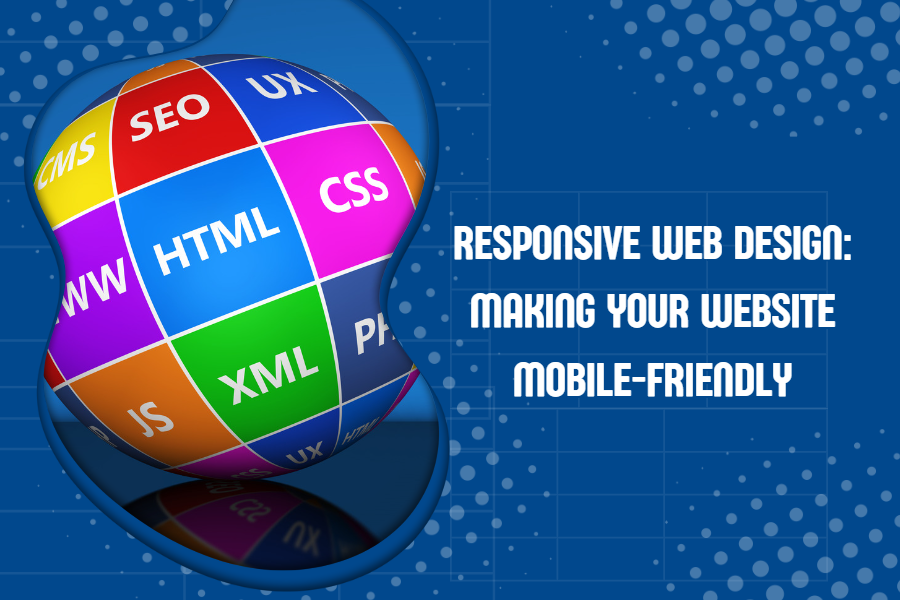
Responsive Web Design: Making Your Website Mobile-Friendly
The surroundings of a website user is the emphasis of the responsive web design methodology. Depending on the device a person has online, their surroundings will vary.
Many gadget features, as per our web design agency in Northampton, offer chances for a user-centric approach. A few of these are:
- Network connection,
- screen resolution,
- and interaction methods (touch displays, trackpads).
Before the rise of responsive web design, many businesses ran different websites with traffic redirected dependent on the user-agent.
The server continuously transmits the same HTML code to any device, but CSS changes how the website renders on each device in a responsive design.
Put a responsive layout in place.
A responsively designed website can change its size to fit the device currently used to see it. Consequently, there are no formatting issues when the webpage adapts to various screen sizes. Since the website updates its appearance suitably, the responsive layout is advantageous for desktop and mobile devices.
A website's SEO value is increased by having a mobile responsive web design because Google prefers to index and rank mobile-friendly sites. Using a responsive style can significantly help websites rank better on Google searches.
Boost Website Speed
Speed has a big impact on how people initially perceive a website. 47% of web users would leave if a page load more slowly than two seconds, yet even a one-second lag in page reactivity can reduce traffic and conversions by 7%.
Website speed is a major factor in Google's eyes, so our web design services in Northampton take every precaution to make their websites as quick as possible.
Do a website performance test on a Speed testing site to gauge how quickly a website loads. After entering the URL, click Start. Using the webpage, you can test a website's speed on various browser-device combinations, giving you a score out of 100 for both desktop and mobile platforms.
Use of Pop-Ups in a Subtle Way
Users, especially mobile users, prefer to avoid getting unexpected pop-ups when they are exploring the web. If adverts must be displayed, creators and artists must do it subtly.
One of the most frequent web design errors is the introduction of an irrelevant pop-up, which lowers your prospects of mobile conversions by turning your leads into disgruntled clients. Many methods for deftly implementing pop-ups:
Just use the pop-up when the reader has scrolled down to between 70% and 80% of the page.
Complement the pop-up design with a mobile-friendly one.
Design the pop-CTA up's buttons to be visible and functional.
Clean up your web design.
By placing every feature on one page, web designers must ensure they are not clogging the website. Users will find it challenging to browse a website with too many items due to the confusion this causes. Provide only the essential features upfront because consumers will actively search for them.
In a website, programmers can implement the Hamburger button, one of the fundamental components of contemporary web design.
Mobile users could open the complete menu with a single click if used.
This facilitates quicker navigation and encourages a richer visual appeal.
Ensure that the webpage is accessible in both orientations.
Cellphones display the touchscreen in horizontal and vertical orientations, unlike computers, which only display content in Landscape orientation. As a result, you should check that the site loads and works properly in both landscape and portrait modes without any UI warping or distortion. You can verify it using actual devices to test the webpage in both modes.


